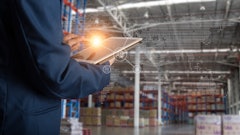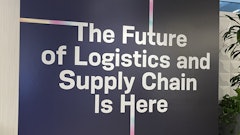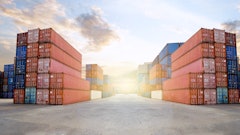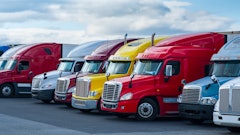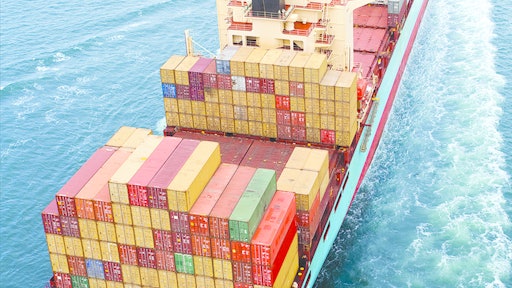
Increased ocean shipping is adding significantly to planetary air and water pollution, finds a new study in the journal Geophysical Research Letters. In fact, global maritime traffic has quadrupled over the past two decades, with trade lanes in the Indian Ocean and Chinese seas experiencing the most traffic spikes.
What happens on the high seas isn’t necessarily visible from land and the industry is largely unregulated when it comes to emissions.
In one case, scientists from France recorded a 50 percent rise in nitrogen dioxide over the busy Sri Lanka-Sumatra-China shipping lane. Nitrogen dioxide is toxic if inhaled and also changes the chemistry of the ocean. Furthermore, the noise from passing ships disrupts marine ecosystems.
To read more, click HERE.















